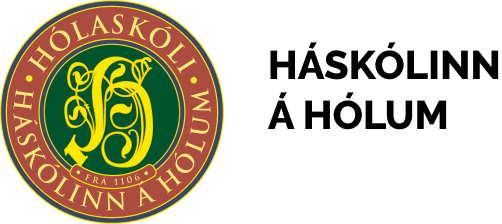Cart is empty
FISHFAR - new funded project to study freshwater ecology in Faroese lakes
A few weeks ago, a new project FISHFAR received 18 millions ISK from Granskingarráðið (Research Council Faroe Islands). This project is led scientifically by Associate Professor Camille Leblanc at Hólar University in collaboration with the Faroe Islands National Museum, Iceland Museum of Natural History, and the University of Copenhagen. The project will hire a Msc student based at Hólar University under the supervision of Agnes-Katharina Kreiling, Camille Leblanc and Bjarni K. Kristjánsson. Another MSc student will be based in Denmark under the supervision of Kirsten S. Christoffersen. This project was born from the will to build on knowledge on freshwater ecosystems in the Faroes, the desire to develop local expertise and create a collaboration with the Faroe Islands National Museum.
FISHFAR - Temporal changes in feeding ecology and life histories of Arctic charr and Brown trout in Faroese lakes
The project aims to identify the effects of climate change on community structure and trophic ecology of fishes in small subarctic Faroese lakes. First, we compare feeding resources, fish diet and fish morphology across three small subarctic lakes: Leynavatn, Saksunarvatn and Toftavatn. These lakes represent contrasting combination of fish species. By studying what fishes eat, where they are found, and how/if they compete, we can identify how they can affect the whole lake ecosystem. We compare the contemporary data to those obtained in summer 2000 (NORLAKE project), allowing an estimation of contemporary changes in salmonid species in the context of warming. Additionally we monitor water temperature at various depth in the lakes throughout the years. This project will increase our spatial and temporal understanding of biodiversity of freshwater fishes in small subarctic lakes in the Faroes. This is of critical importance for successful conservation of biodiversity under the current climate and biodiversity crise.
The official announcement about FISHFAR here.
Check out our FISHFAR page on holaraquatic.

